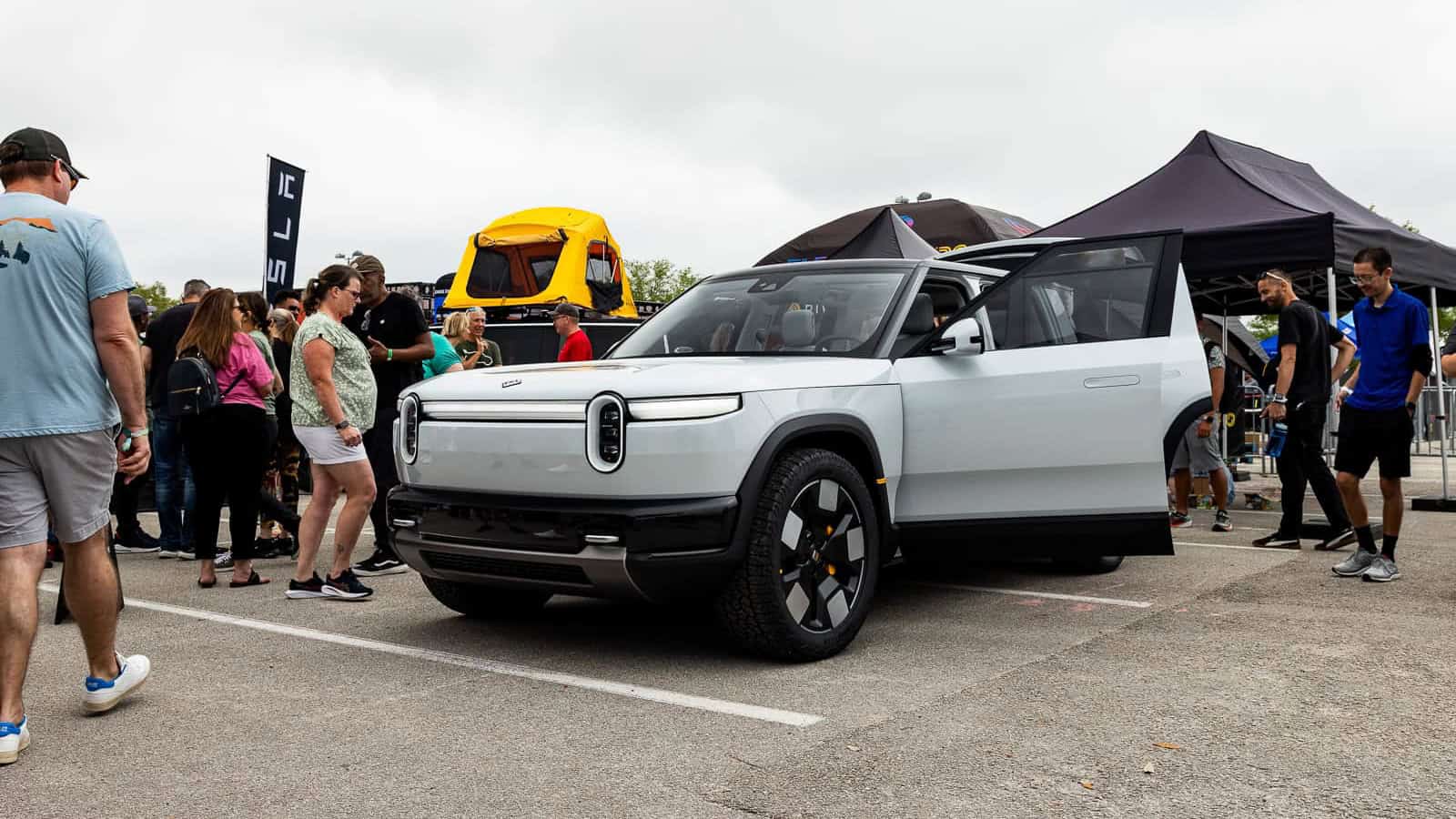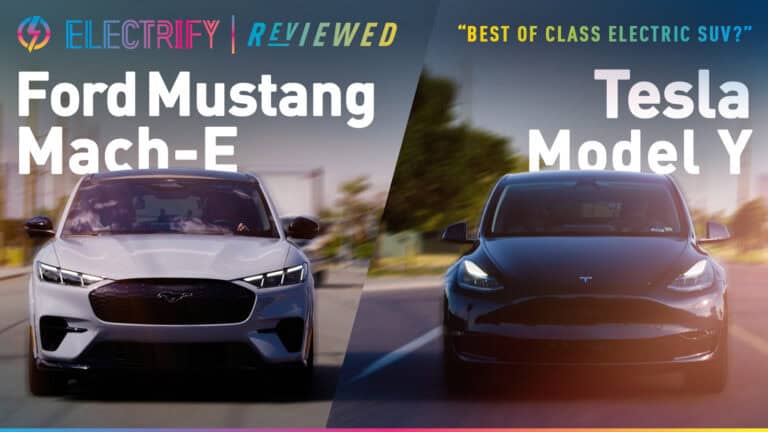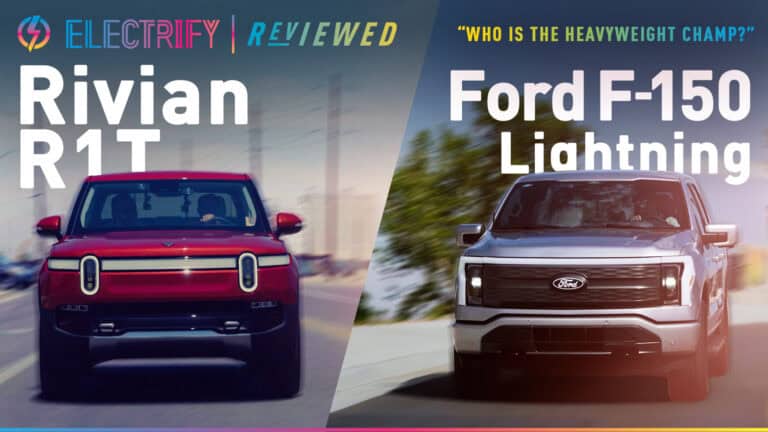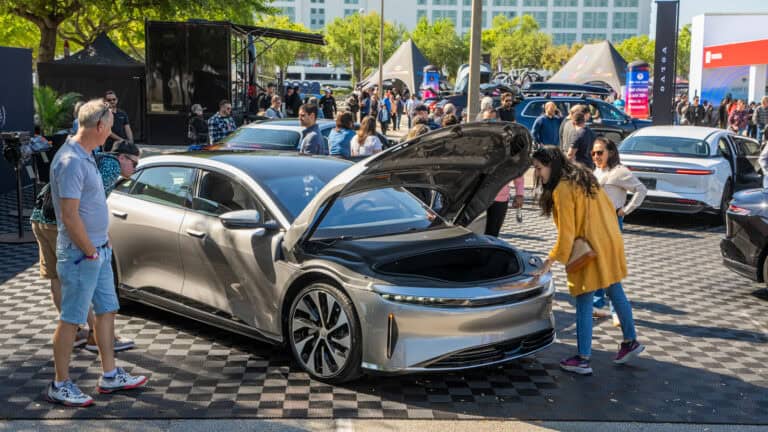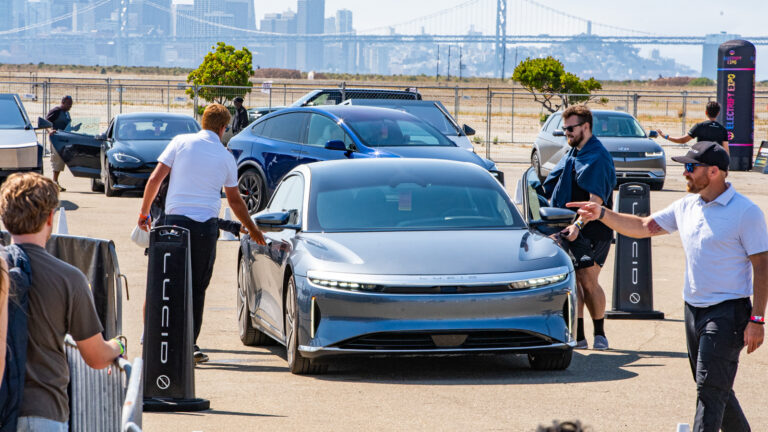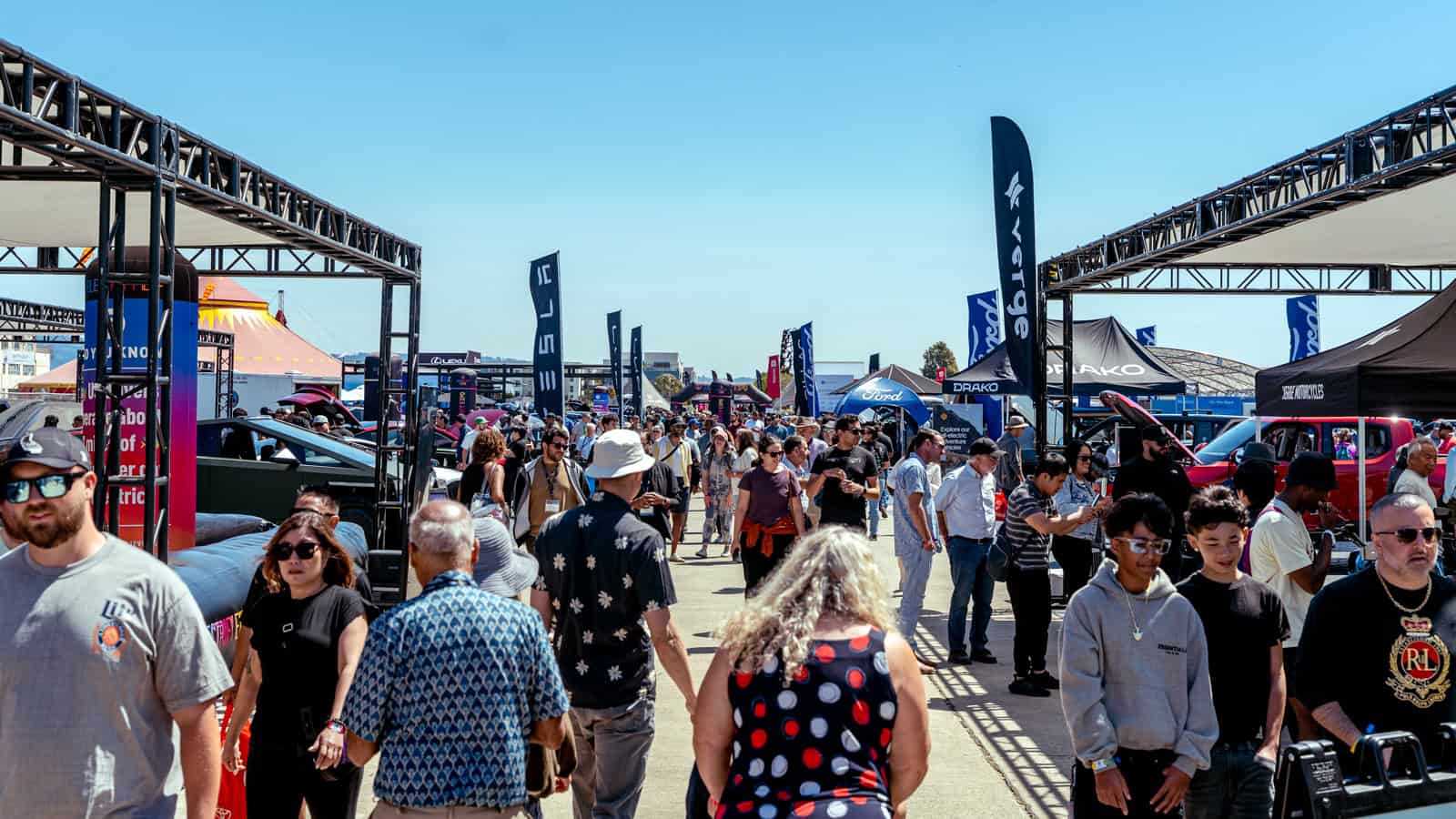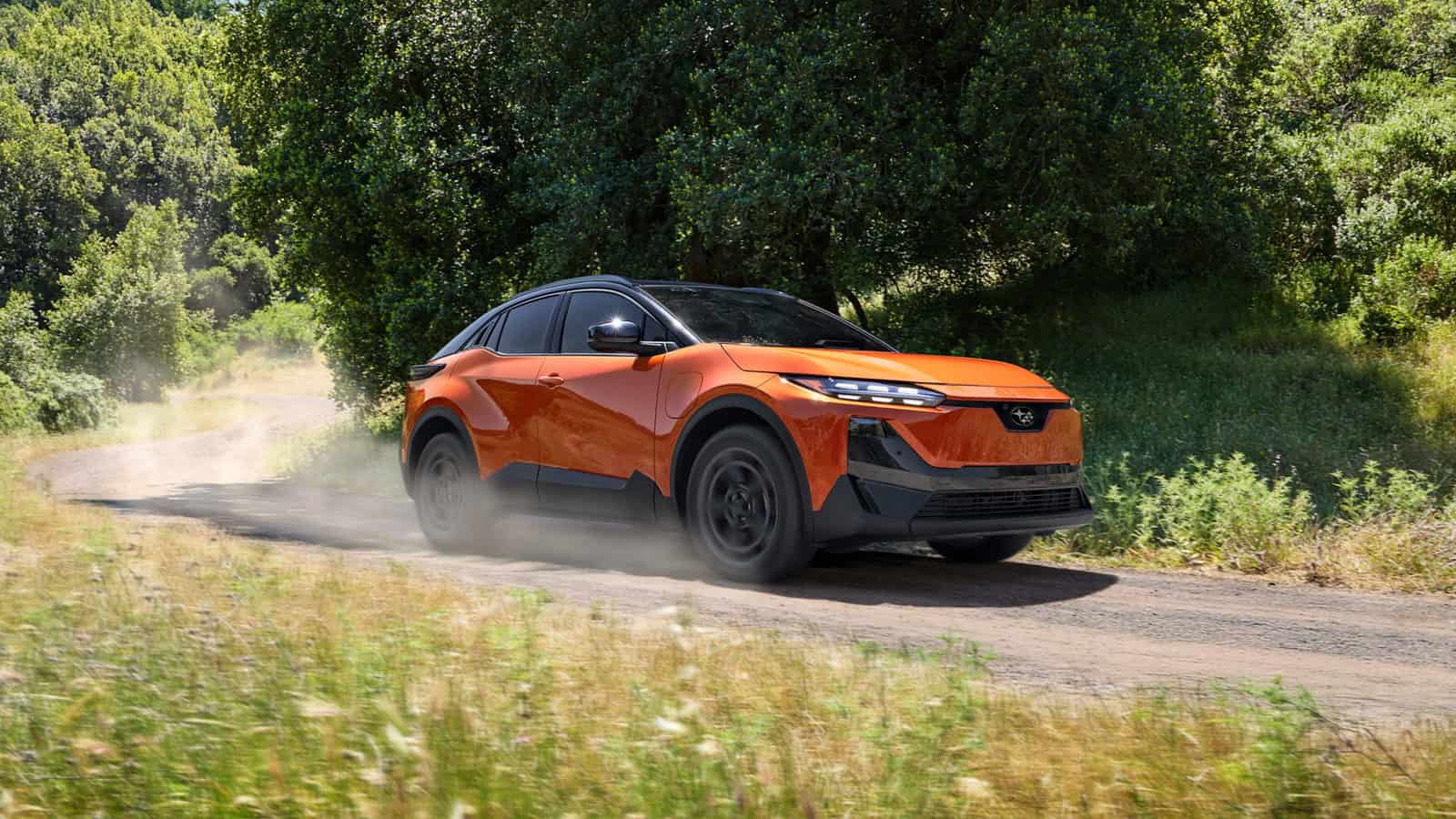- Rivian secured a $6.6 billion U.S. Department of Energy loan to build a new manufacturing facility in Georgia.
- The factory will produce R2 and R3 models, increasing Rivian’s annual capacity by 400,000 vehicles.
- The project will create 7,500 jobs by 2030 and strengthen domestic EV production.
ADVERTISEMENT
When was the last time you considered how your vehicle was built? Not just where it came from, but what it represented. For those still clinging to the idea that electric vehicles are a niche market or an imported product, Rivian’s recent $6.6 billion loan from the U.S. Department of Energy might make you think twice.
This is a clear investment in the future of vehicles that are made right here in America. It focuses on delivering both performance and practicality for everyday drivers.
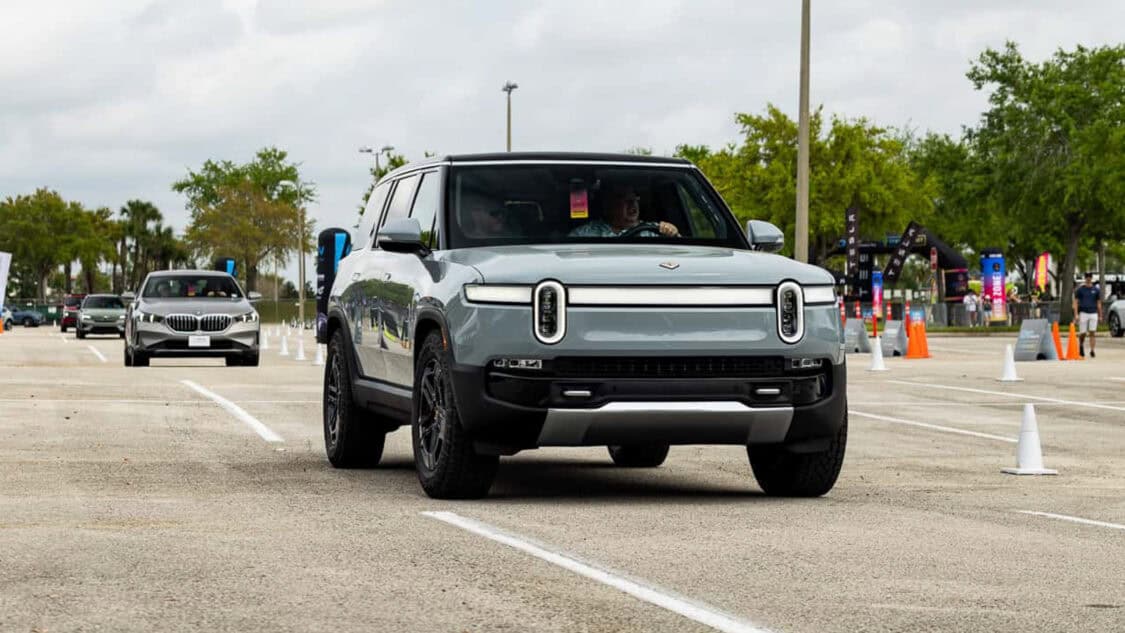
Rivian Uses Loan to Build Georgia Facility and Boost American EV Production
Rivian, already known for its R1T and R1S models, plans to use this loan to construct a state-of-the-art facility in Stanton Springs North, Georgia. This new factory shows the company’s commitment to producing cars in the USA and creating a ripple effect of jobs and innovation across the region. According to Rivian CEO RJ Scaringe, “This loan will help create thousands of new American jobs and further strengthen U.S. leadership in EV manufacturing and technology.”
The facility will focus on developing Rivian’s upcoming R2 and R3 platforms, midsize electric SUVs and crossovers designed to offer more affordable options compared to its flagship models, without cutting corners on performance or practicality.
The first phase of production is planned to begin in 2028, with an initial capacity of 200,000 vehicles per year. A second phase will eventually double this output. By 2030, Rivian expects the project to create 7,500 operational jobs in addition to 2,000 construction roles needed to bring the facility online.
This project benefits more than just Rivian by delivering tangible outcomes. It creates jobs for American workers, produces vehicles domestically, and drives economic growth that remains within the community.
ADVERTISEMENT
Why Georgia? Why Now?
You might wonder why Rivian chose Georgia as the site for this new chapter. The location in Stanton Springs North, just an hour from Atlanta, strategically positions the company to leverage a skilled workforce while supporting regional growth. Rivian is also incorporating modern construction techniques and advanced environmental management, ensuring the facility is as forward-thinking as the vehicles it will produce.
The U.S. Department of Energy’s loan is a deliberate investment designed to strengthen the EV sector. Programs like this have a track record of success, having previously supported growth at companies like Tesla and GM.
Rivian stands out with its strong presence in the market. This funding allows the company to grow its operations and meet increasing consumer demand while focusing on practical solutions. Instead of starting from scratch, Rivian is building on its existing successes to deliver vehicles that meet the needs of today’s drivers.
ADVERTISEMENT
Rivian Expands American EV Production
This announcement from Rivian is more than good news for the company; it’s a reality check for those who still view EVs as a niche or temporary trend. Electric vehicles are practical, accessible, and increasingly manufactured right here in the United States. For anyone who dismissed them as products driven by subsidies or regulations, this new facility demonstrates that EV growth is grounded in market demand, performance, and economic opportunity.
The global implications are hard to overlook. With a planned annual production capacity of 400,000 vehicles, Rivian’s facility will allow the company to meet international demand while keeping jobs and production within the U.S. At a time when many automotive markets feel dominated by international manufacturers, this move sends a clear message that American-made vehicles are not only competitive but positioned to thrive.
ADVERTISEMENT

IMAGES: ELECTRIFY EXPO
FTC: We use income-earning auto affiliate links. Learn more.


